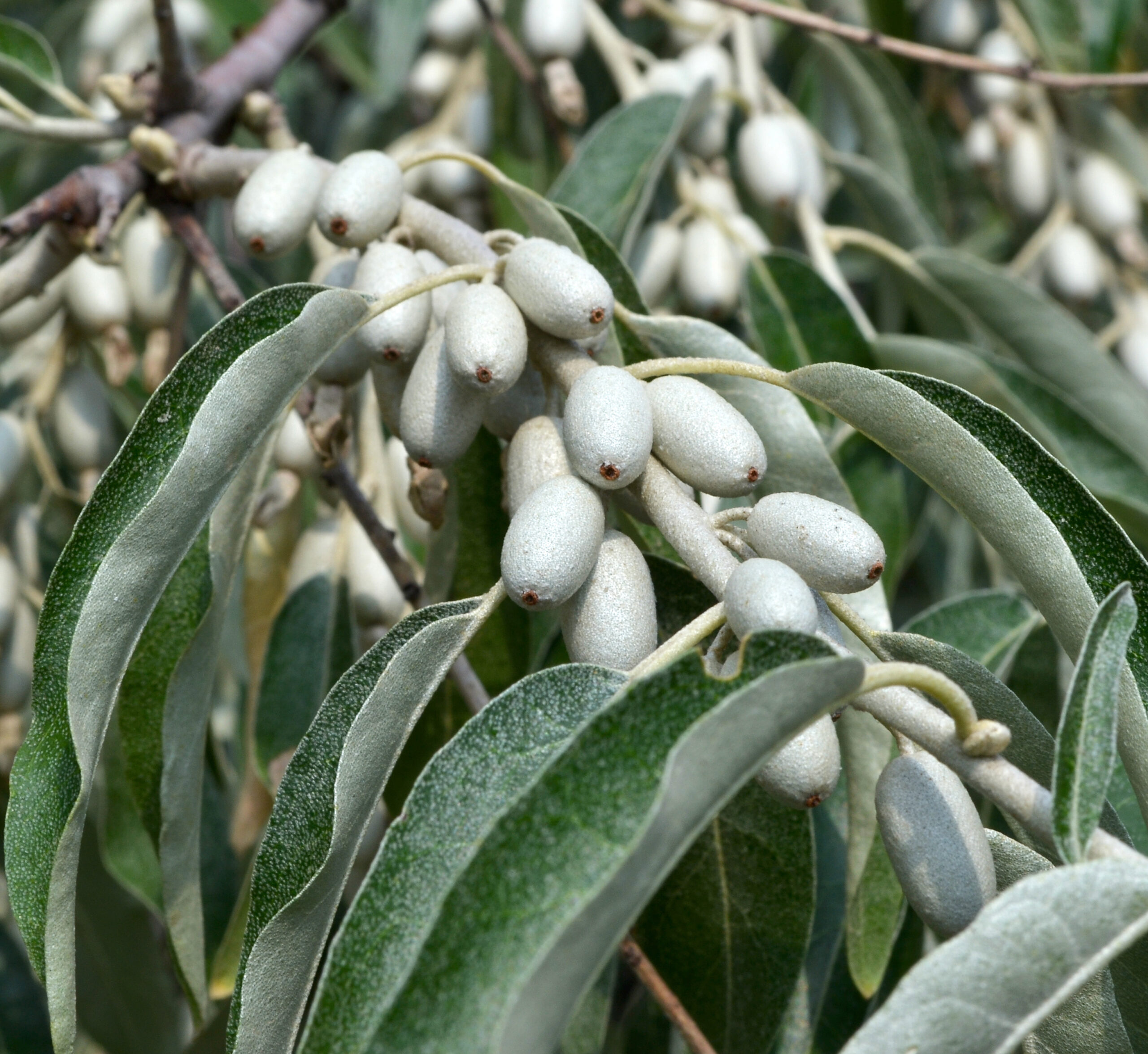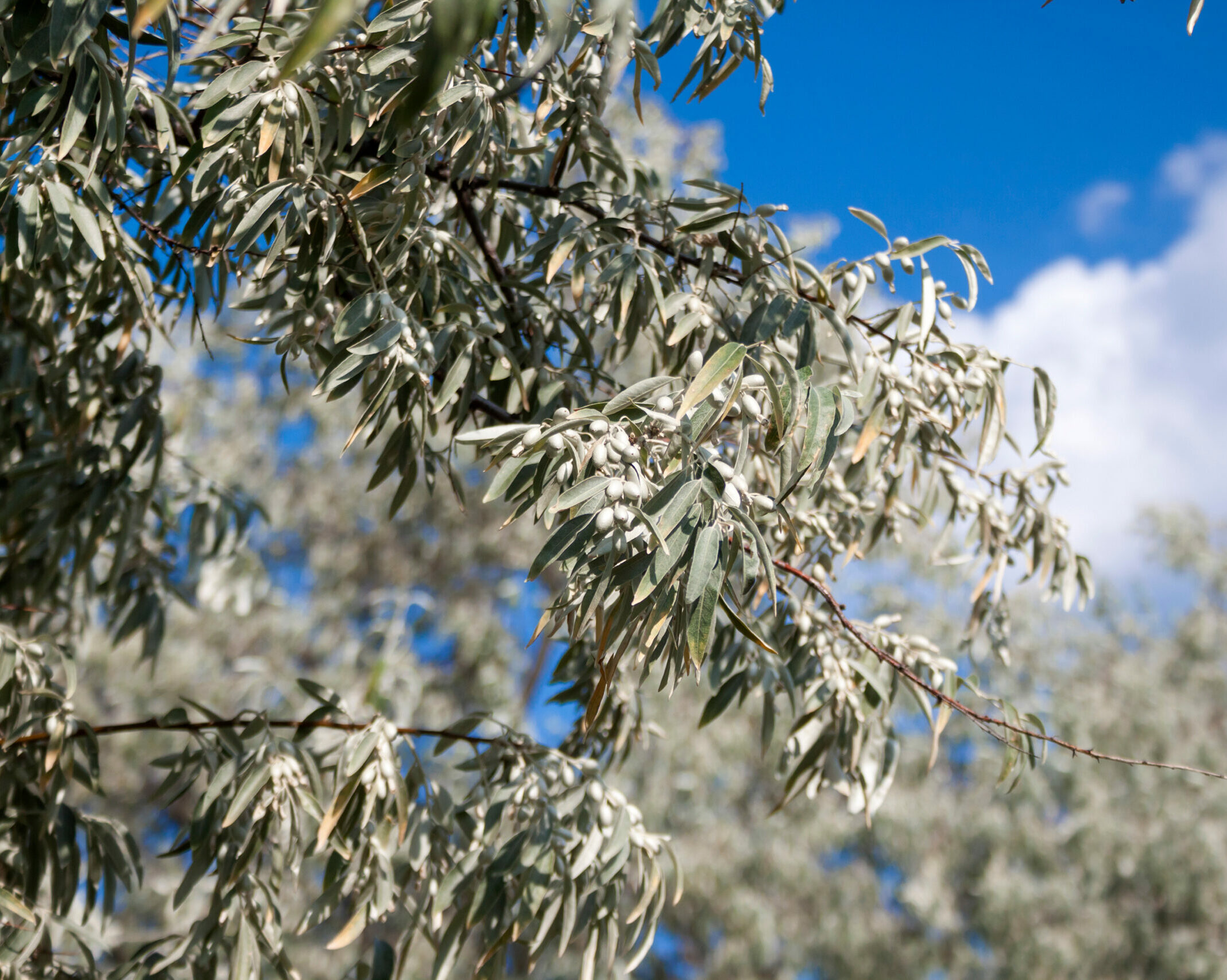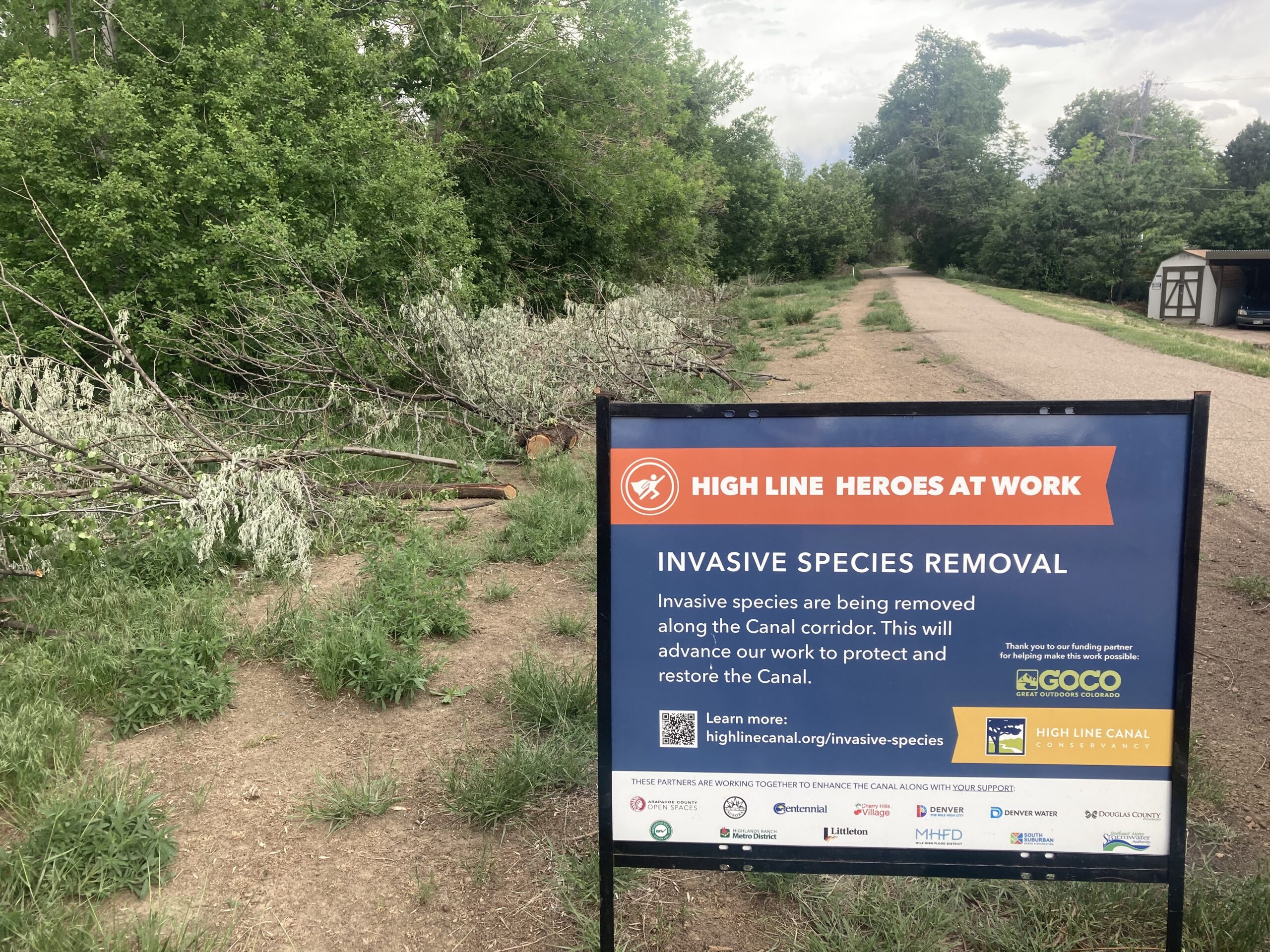Invasive Species Removal
Stewarding our regional greenway
The Conservancy is advancing work to protect and restore the Canal’s plant community by removing invasive species that degrade the ecological health of the Canal corridor. Current programs focus on removing invasive Russian olive from the corridor in partnership with the Mile High Youth Corps.
Russian Olive Removal
Russian olives are a non-native, invasive species that spreads aggressively, displaces native vegetation and competes with desired vegetation for scarce water resources on the Canal. As Denver Water reduces its reliance on the Canal for irrigation delivery, controlling the spread of Russian olive is essential to protecting the Canal’s ecological health. The Colorado Department of Agriculture (CDA) characterizes Russian olive as a species that taxes water reserves, disrupts plant succession and interferes with nutrient cycling patterns. Russian olive is designated as a List-B noxious weed by the CDA, meaning local governments are required to manage and limit its spread. Colorado Parks and Wildlife projects that Russian olive will displace native plains cottonwoods as a climax species; this is particularly concerning as cottonwoods are the most prevalent mature tree along the Canal, composing over 40% of the canopy. As the Canal’s cottonwoods near the end of their lifespan and become increasingly stressed by competition for scarce water resources, it is crucial that we remove Russian olive from the corridor.
To address this need, the Conservancy launched a program to remove Russian olive along the Canal in partnership with the Mile High Youth Corps (MHYC). This program is one component of a holistic approach to protecting and restoring the Canal’s canopy; the complete approach includes data collection, invasive tree removal, tree canopy care and tree planting programs. In 2022, the Conservancy worked with MHYC for eight weeks, during which crews inventoried and removed 392 Russian olives across 21 miles of Canal corridor in Denver, unincorporated Arapahoe County, Centennial and Greenwood Village. In 2023, MHYC will spend four weeks inventorying and removing Russian olive on the Canal in Greenwood Village and Cherry Hills Village.
Visit our blog to learn more about the history and impacts of Russian olive on Colorado’s open spaces.


Russian Olive Removal FAQs









